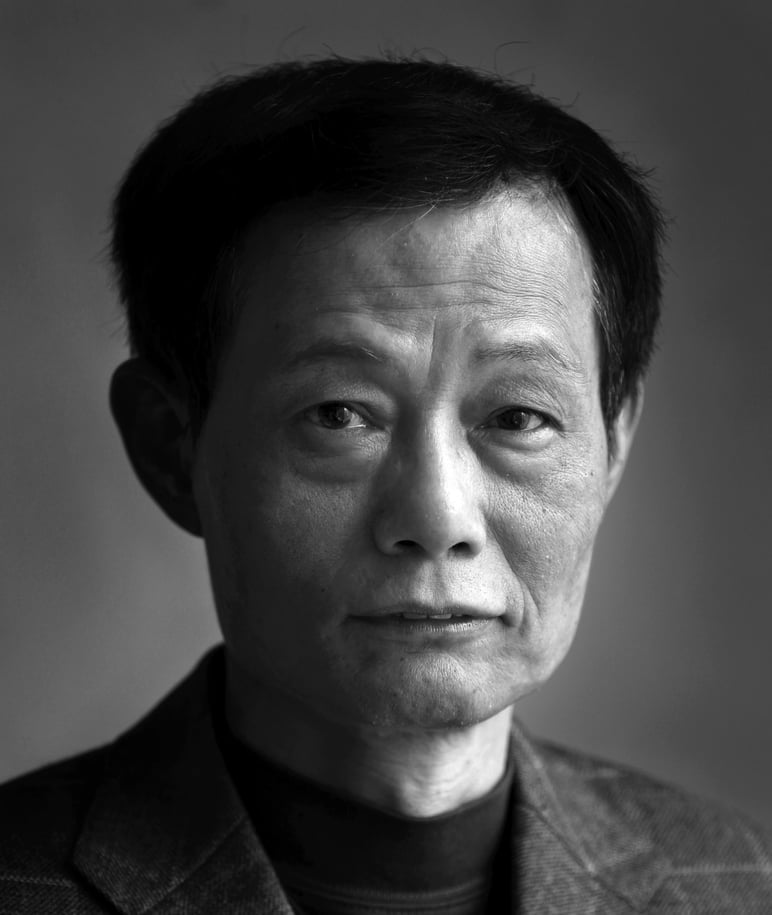
Xi’s mission impossible: How to invigorate the private sector without giving up state power
Cary Huang says Xi Jinping’s s pledge to push for market-led economic reform rings pretty hollow, given his simultaneous and contradictory call to consolidate the already powerful state sector
Many hailed Xi’s unusual praise for liberal economics, as it raised hope of a renewed push for economic restructuring, while most ignored his remarks on communist orthodoxy
Many hailed Xi’s unusual praise for liberal economics, as it raised hope of a renewed push for economic restructuring, while most ignored his remarks on communist orthodoxy. “Supply-side” has since become a media catchphrase.
China’s current economic situation resembles that of the US and UK in the 1970s, when Keynesian demand management failed to stabilise growth. Apparently, the Chinese leadership wanted to take the prescription favoured by Ronald Reagan and Margaret Thatcher to help combat the problems caused by Beijing’s massive 4 trillion yuan stimulus in 2008 (about HK$4.5 trillion at exchange rates then), in the wake of the global financial crisis.
Liberal economists agree that China needs supply-side reform more than stimulus, given its goal towards a service-oriented and consumption-driven economy. China’s state-centric economic management has resulted in a string of problems, such as bad debt in state banks, industrial overcapacity and corruption.
READ MORE: Chinese Communist Party’s Politburo pledges to cut costs for business in 2016

READ MORE: The visible hand: how far will China go to embrace the free market?
And at the Politburo session, Xi pledged to seek to “consolidate and develop the public sector”, saying “the mainstay status of public ownership and the leading role of the state-owned economy must not waver”.
Since market reform began in the late 1970s, the Communist Party has tactically surrendered direct control to enable more vibrant growth, calculating that the party’s legitimacy and power rely on its ability to deliver results.
But Xi has put as a top priority strengthening the party’s political mechanisms of control, and economic reforms are at best a means to these ends. Xi now wants supply-side policies to promote productivity without reducing state power. But it is as ridiculous to try to reconcile Marxism with the Chicago, neoclassical school of economics as it is to confuse “Xiconomics” with Reaganomics.
As Krugman rightly pointed out: “The big news here isn’t about the Chinese economy; it’s about China’s leaders.”
Cary Huang is a senior writer at the Post

